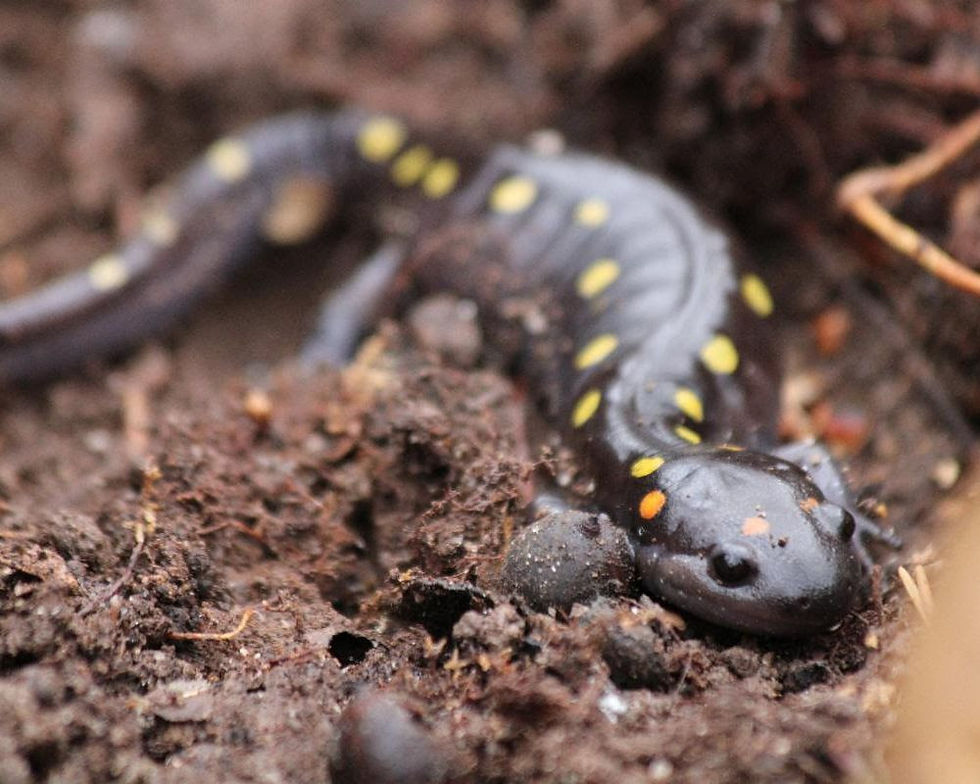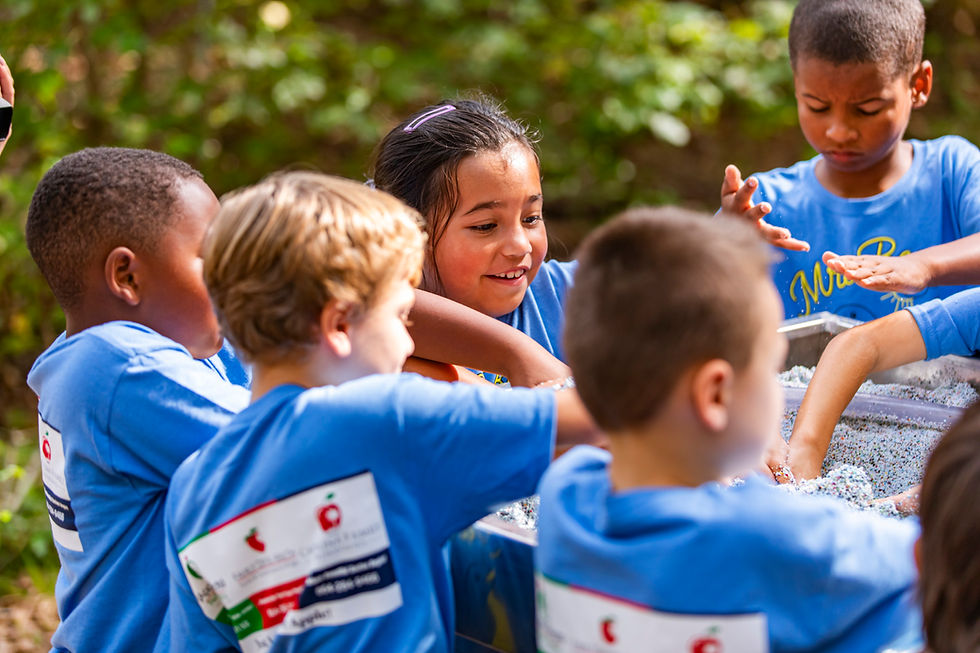Leave No Trace in an Urban Nature Preserve
- Amanda Foster

- Mar 11, 2024
- 4 min read

If you love spending time in nature, you have probably heard of the phrase, “Leave No Trace."
The first time you hear it, this catchy slogan may seem self-explanatory. But did you know that Leave No Trace is a science-based code of ethics for outdoor enthusiasts that has been around for decades?
It all began in the 1960s when outdoor recreation became more widespread and gear such as tents, gas stoves, and sleeping bags became more available to consumers. As more people began spending more time hiking and camping in wild places, a need for conservation education emerged. Land managers needed a way to teach people to care for the environment so that they could reduce the need for access restrictions and costly restoration programs.
Heeding the call, environmental advocates and the land management community collaborated to develop some guidelines that are now known as The Seven Principles of Leave No Trace. These ethical guidelines are used by National and State Parks, the US Forest Service, Boy Scouts of America, and many other organizations. Since 1994, the Leave No Trace Center for Outdoor Ethics has been continuing to educate millions of people every year while also providing research-based solutions to protect our natural world.
So what is this code of ethics and how can we apply it when we visit our urban nature preserve?
The Seven Principles of Leave No Trace
Plan Ahead and Prepare
Plan ahead by considering your goals and needs and those of your group. We have over thirteen miles of trails in the preserve, so planning your route before you head out is key to having the best experience possible. You can download our map or pick up a copy at our office to have it easily accessible during your visit. Choose one or several of our suggested colored routes on the map that is suitable for you and your group. If you are bringing a group of 10 or more people, please call ahead to get approval for the time and date of your trip.
Make sure to check the weather before you come and dress accordingly. Bring water and food, especially if you’re planning to stay a while. We have picnic tables, benches, and many observation decks where you can sit down to relax and enjoy the beauty of nature and the trails are open from dawn until dusk every day.
Travel On Durable Surfaces
This simply means stay on the marked trails. Venturing off trail or allowing your pets to roam off trail can have negative impacts on wildlife, damage vegetation, and lead to erosion.
Dispose of Waste Properly
Pack it in, pack it out. If you are planning to have a picnic at one of our picnic sites, bring a bag to pack out all of your trash. This includes crumbs, orange peels and apple cores! Need to use the bathroom while you’re here? We currently have portable toilets located at our Fork Shoals parking lot (W2) and at the Henderson Meadow. The main parking area at Conestee Park has accessible restrooms by the playground.
Dog poop
We love to see all of the friendly dogs that come to Conestee. A study from 2017 estimated that 25,653 dogs per year visit our trails! While leaving one poop behind may not seem like a lot, it quickly adds up. Make sure you’re doing your part to keep our preserve clean and enjoyable for all visitors by bagging your dog’s poop and carrying it out. Cleaning up after your pet helps to protect the water resources, plant life and habitat for native animals. In an effort to reduce the amount of poop bags left on trail sides, we have installed four small trash bins along our paved paths.
Leave What You Find
From forests to wetlands, there are endless opportunities for discovery at Conestee. Pass on the gift of discovery to the next visitor by leaving what you find in nature. Don’t take rocks, leaves, feathers, branches, or animal artifacts. Bring your camera instead to collect and share your memories and souvenirs.
No Fires Allowed
The fifth principle of Leave No Trace is Minimize Campfire Impact, but camping and fires are prohibited at CNP. If you would like to learn more about this to apply it when you go camping somewhere else, check out this link.
Respect Wildlife
View wildlife from a safe distance and avoid disturbing them in their natural habitat. Don’t yell or allow children to yell at an animal to get it’s attention and never try to pick up an animal! Feeding wildlife human food, even bread, is unhealthy for them and starts bad habits. Make sure you don’t allow your dog to chase wild animals and please keep them on a leash.
Be Considerate of Other Visitors
We have a diverse group of people who visit the preserve. On any given day you may see birders, families, school groups, runners, walkers, bikers, people of all abilities, and parents with strollers all visiting the same trails. Share the trail and yield to others. If you want to take a break during your outing, there are many opportunities to get off the trail to rest at one of our benches or picnic tables.
Allow nature’s sounds to prevail. Many people love to listen to music, podcasts, or audiobooks while walking our trails. If you want to do this, please don’t play audio from a speaker or device. Bring headphones and remember to keep the volume at a level where you can still hear outside noises, such as a bike or runner announcing their passing.
"Take nothing but memories, leave nothing but footprints."
– Chief Seattle




